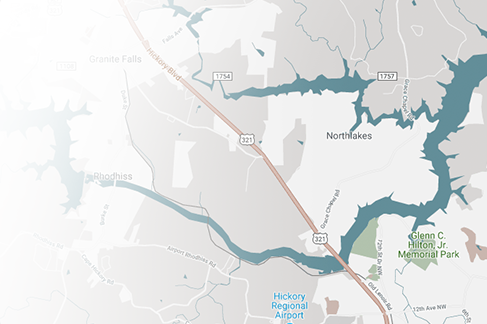Do you often experience nagging upper back pain that can be difficult to alleviate? If so, then don’t worry. You’re definitely not alone - in fact, many people suffer from chronic upper back pain. Understanding the cause of your pain is the first step to learning how to relieve it quickly and effectively.
In this blog post, we’ll take a look at some common causes of upper back pain and suggest exercises, lifestyle changes, and treatments that may help you feel better.
Overview of Upper Back Pain
Upper back pain can be a debilitating issue that affects many aspects of life. It can range from mild to severe and can be caused by a variety of factors. Some common causes of upper back pain are overexertion, muscle tension, stress, poor posture, certain medical conditions like arthritis or fibromyalgia, and even pregnancy.
In order to manage upper back pain it is important to seek advice from a medical professional so an individualized plan can be created depending on the cause and intensity of the symptoms.
Depending on diagnosis some treatments could include stretching exercises, massage therapy, physical therapy (PT), medications (OTC or prescribed), chiropractic adjustments, yoga classes, and acupuncture sessions—among others—to help relieve some of the discomfort caused by upper back pain.
Causes of Upper Back Pain
Common behaviors and activities that can cause upper back pain include:
- Muscle strains
- Poor posture and sitting for long periods of time
- Joint issues such as arthritis or osteoarthritis
- Sports or car accidents
- Text neck
- Whiplash
- Lifting improperly
- Overuse
- Carrying too heavy a load
- Wearing an overloaded backpack
Treating upper back pain depends on both its severity and what is causing it.
For mild cases, such as muscle strain or poor posture, stretching and gentle exercises can help relieve pressure on the joints and muscles in the area.
Physical therapy may be recommended to work on postural awareness and improve strength and flexibility in muscles that support your spine.
For more severe cases of joint issues or injury-related pain, medical intervention may be necessary.
Treatment options could include anti-inflammatory medications, targeted injections, spinal manipulation therapy (SMT), or even surgery if needed.
How to Alleviate the Pain
When it comes to dealing with upper back pain, exercise and lifestyle changes can make a big difference. Regular physical activity helps to keep your muscles and joints strong, flexible, and healthy.
An active lifestyle also helps to reduce stress levels which can contribute to pain flare-ups. Additionally, regular exercise can improve the body's ability to cope with pain in the long run.
Here are a few tips that you can try:
- Strength training - Builds muscle around painful areas which helps to protect them from further injury or strain. Low-impact aerobic activities such as swimming, bicycling, and walking can also be beneficial for reducing pain and improving overall health.
- Rest - Your body needs time to recover from the day’s activities so try to get at least 7-8 hours of sleep each night if possible. Additionally, taking breaks throughout the day or planning regular rest days can help you stay active without overdoing it and exacerbating your symptoms.
- Hands-on healing - Physical therapy, acupuncture, and chiropractic care are proven methods for relieving upper back pain.
- Injections - They can help provide targeted relief to the specific area where you’re feeling pain, helping to reduce inflammation and relieve muscle spasms. Depending on your individual situation, there are several types of injections that may be recommended by your doctor or physical therapist as part of an overall treatment plan for upper back pain. These include corticosteroid injections, platelet-rich plasma (PRP) therapy, and prolotherapy.
- Surgery - is a last resort option for managing upper back pain. Surgery can be used to repair damaged tissues or joints in the area that are causing chronic pain and inflammation. However, it should always be considered carefully before any decisions are made since it carries a certain level of risk and may not guarantee the complete resolution of symptoms.
Ask your doctor if it’s safe for you to do more than one of these interventions during a given time frame. In most cases, upper back pain resolves within 1 to 2 weeks without further treatment. Try to resume your normal day-to-day activities if you feel up to it. Avoid overdoing it because there is always the risk of re-injury if precaution isn't taken.
At Prime Surgical Suites, we provide state-of-the-art, cost-effective musculoskeletal surgical care in a convenient and comfortable outpatient setting for patients of all ages. Located in RiverCrest Medical Park, we are the region's first outpatient center focused exclusively on orthopedics. Our physician-led center will help restore your active lifestyle and well-being with compassion and orthopedic excellence.
.png?width=200&height=63&name=Prime%20Surgical%20Suites%20Logo-FINAL%20(REV_2_19).png)






